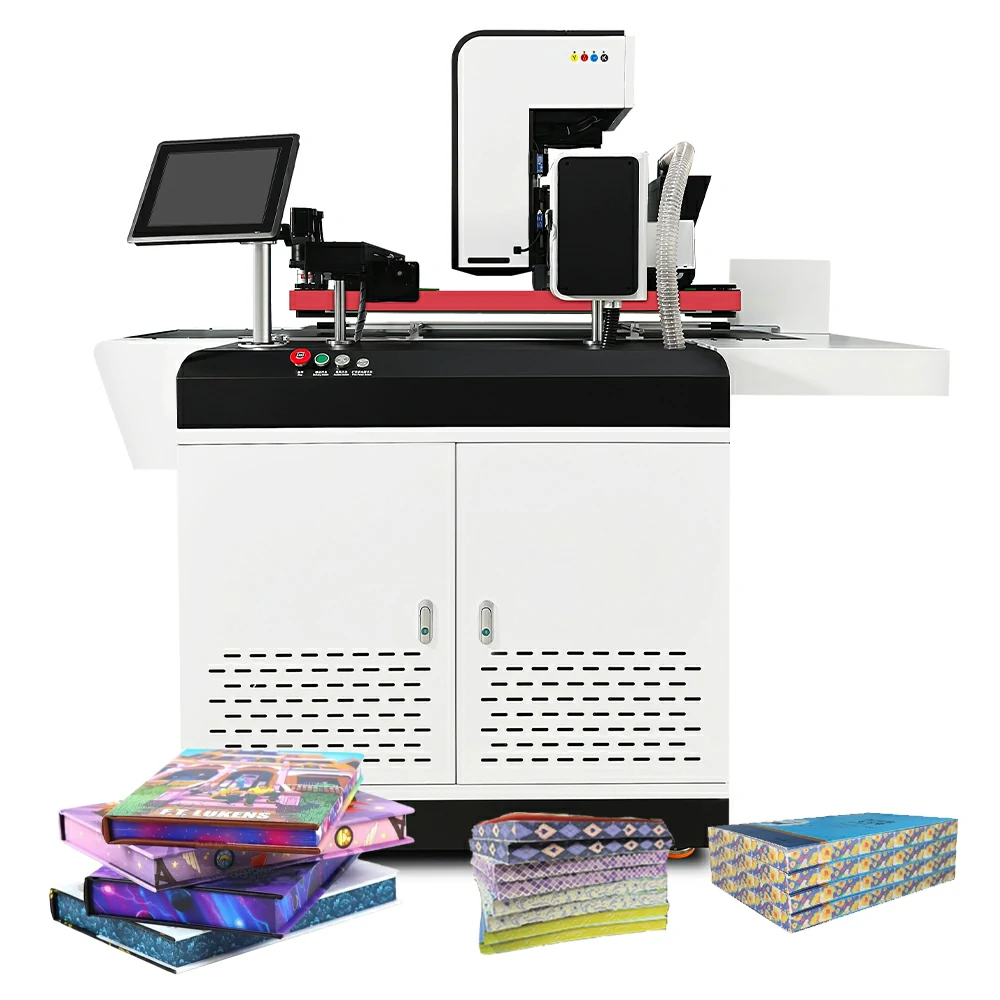A book-edge printer is a specialized device designed to print designs, text, or QR codes on the "edges" (the flat edges formed after the pages are trimmed, including the header, footer, and spine) of paper-based books, notebooks, photo albums, and other printed materials. Its core function is to add personalized decoration or information to these products through precise positioning and printing technology that adapts to the characteristics of the paper, making traditional paper books both practical and visually appealing.
These printers typically use inkjet or UV printing technology and are equipped with a dedicated clamp to secure the book to prevent pages from shifting during printing. Some models offer adjustable print format and resolution (up to 2880 DPI), accommodating books of varying thicknesses (from dozens to thousands of pages) and different paper materials (coated paper, offset paper, specialty paper, etc.). Printing does not require disassembling the book; the printer operates directly on the finished book edge. The ink is typically quick-drying and adheres quickly to the paper surface, preventing bleeding or smudging, ensuring clear images and ensuring readability within the pages. From the perspective of application scenarios, book-edge printers serve both personal DIY needs (such as printing exclusive names and illustrations on the edge of notebooks, or printing dates and short sentences on the edge of commemorative photo albums), and are also used for commercial customization (such as publishing houses printing exclusive numbers and brand logos for limited edition books, and cultural and creative companies launching customized book-edge art books). They are even used in the office field to print classification labels on the edges of contracts and file books, making paper books more functional and personalized.

 EN
EN
 AR
AR
 HR
HR
 NL
NL
 FR
FR
 DE
DE
 IT
IT
 JA
JA
 KO
KO
 PL
PL
 PT
PT
 RO
RO
 RU
RU
 ES
ES
 SV
SV
 ID
ID
 TH
TH
 TR
TR
